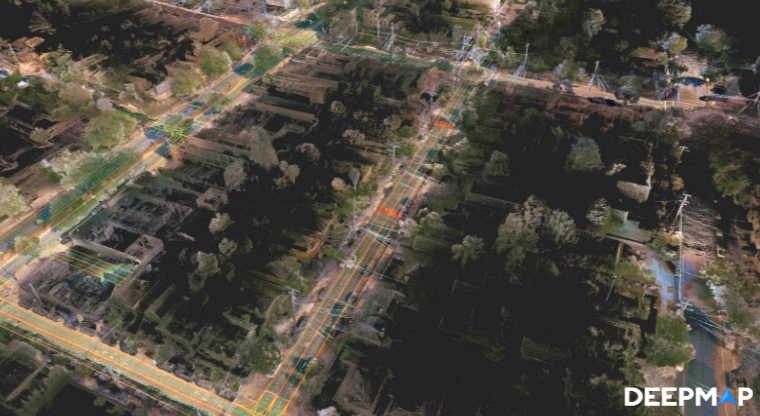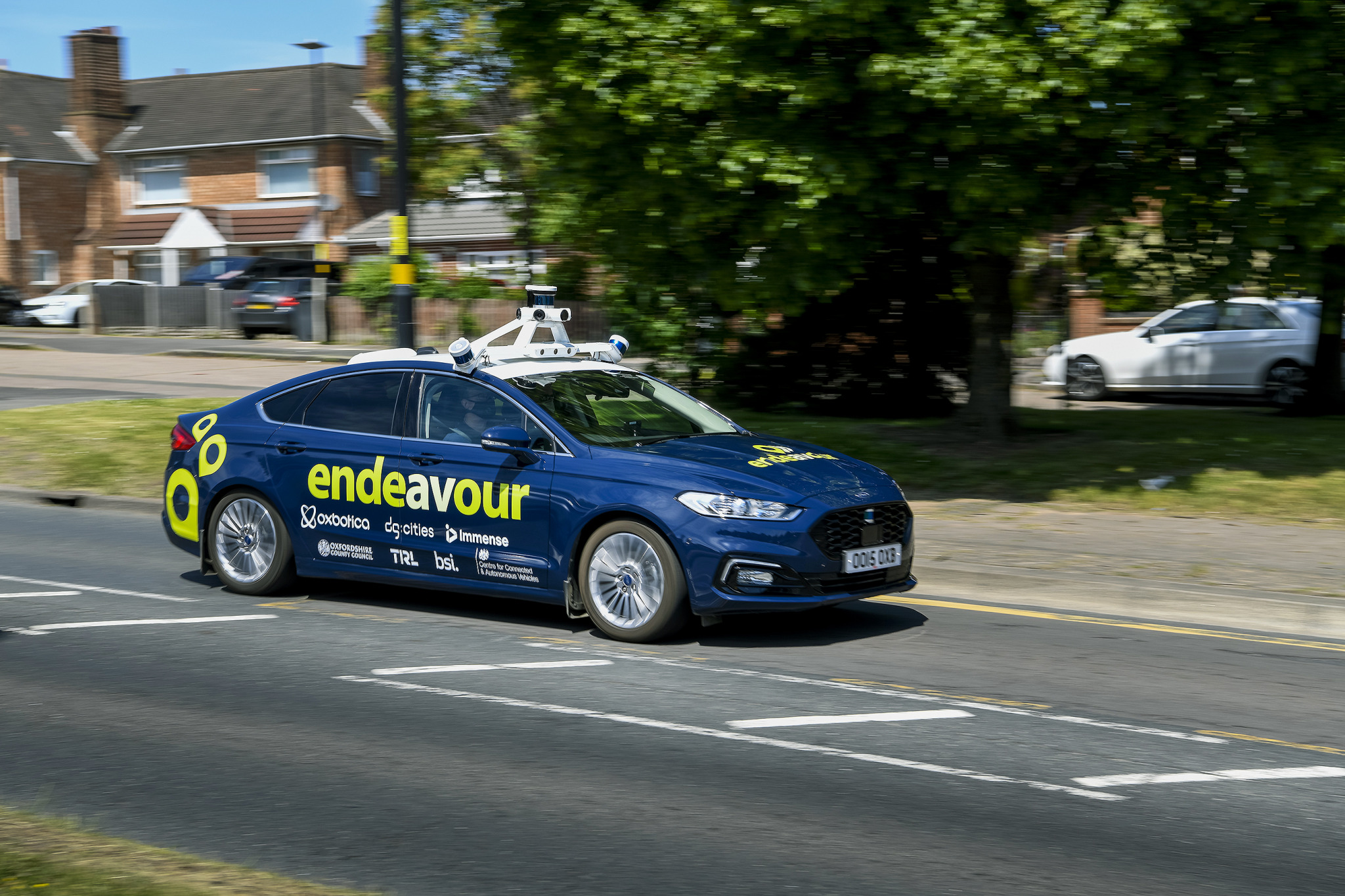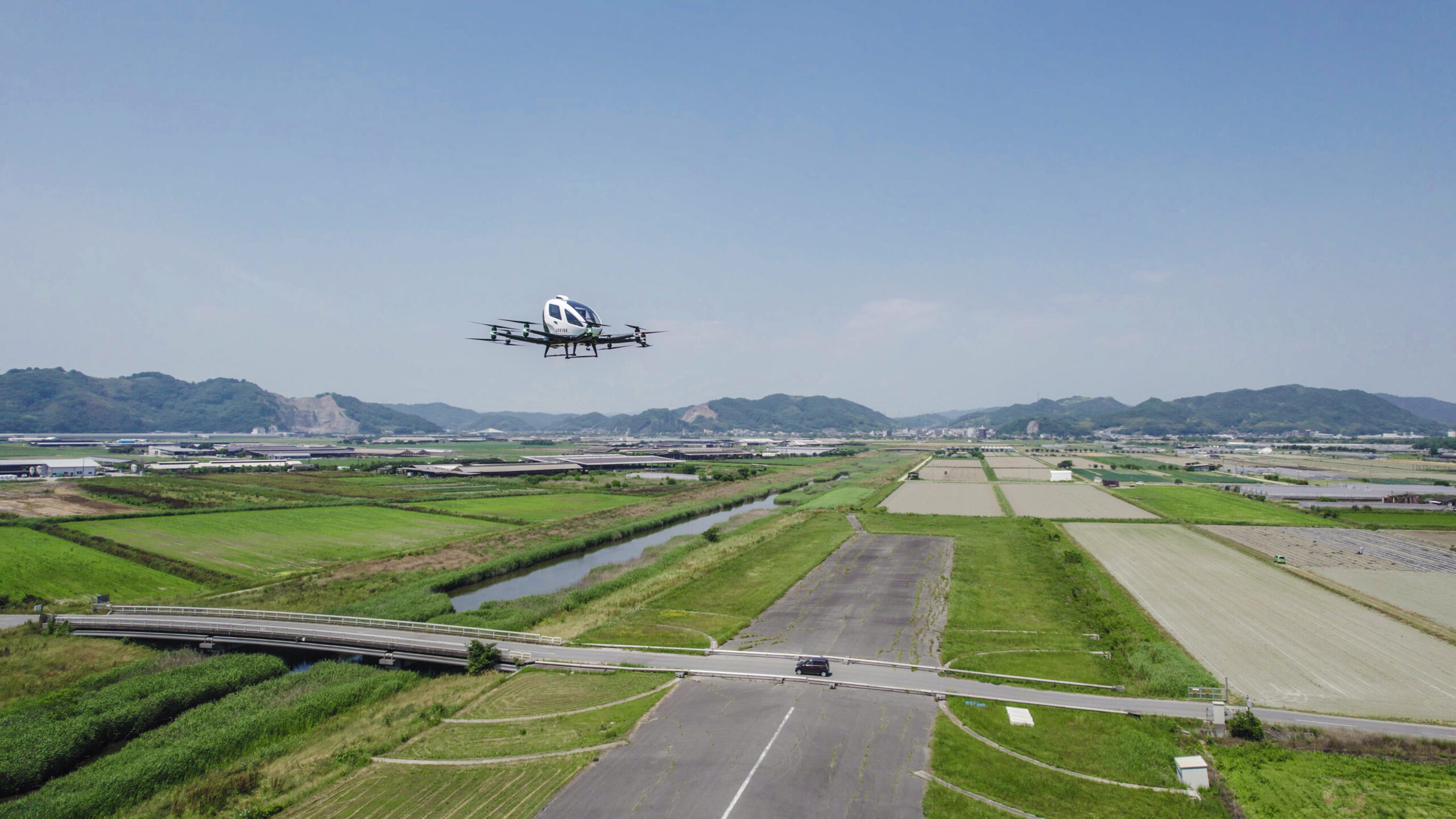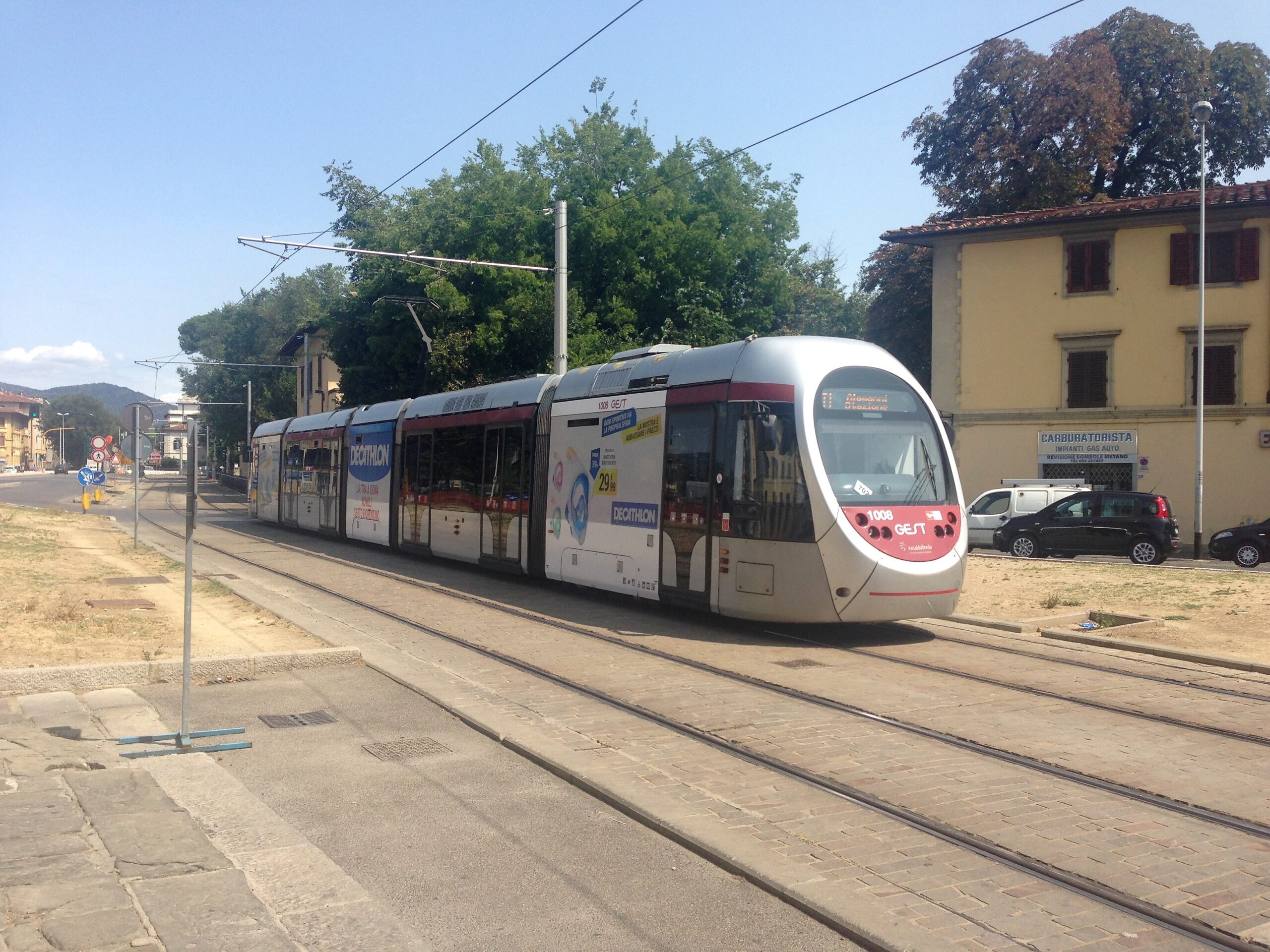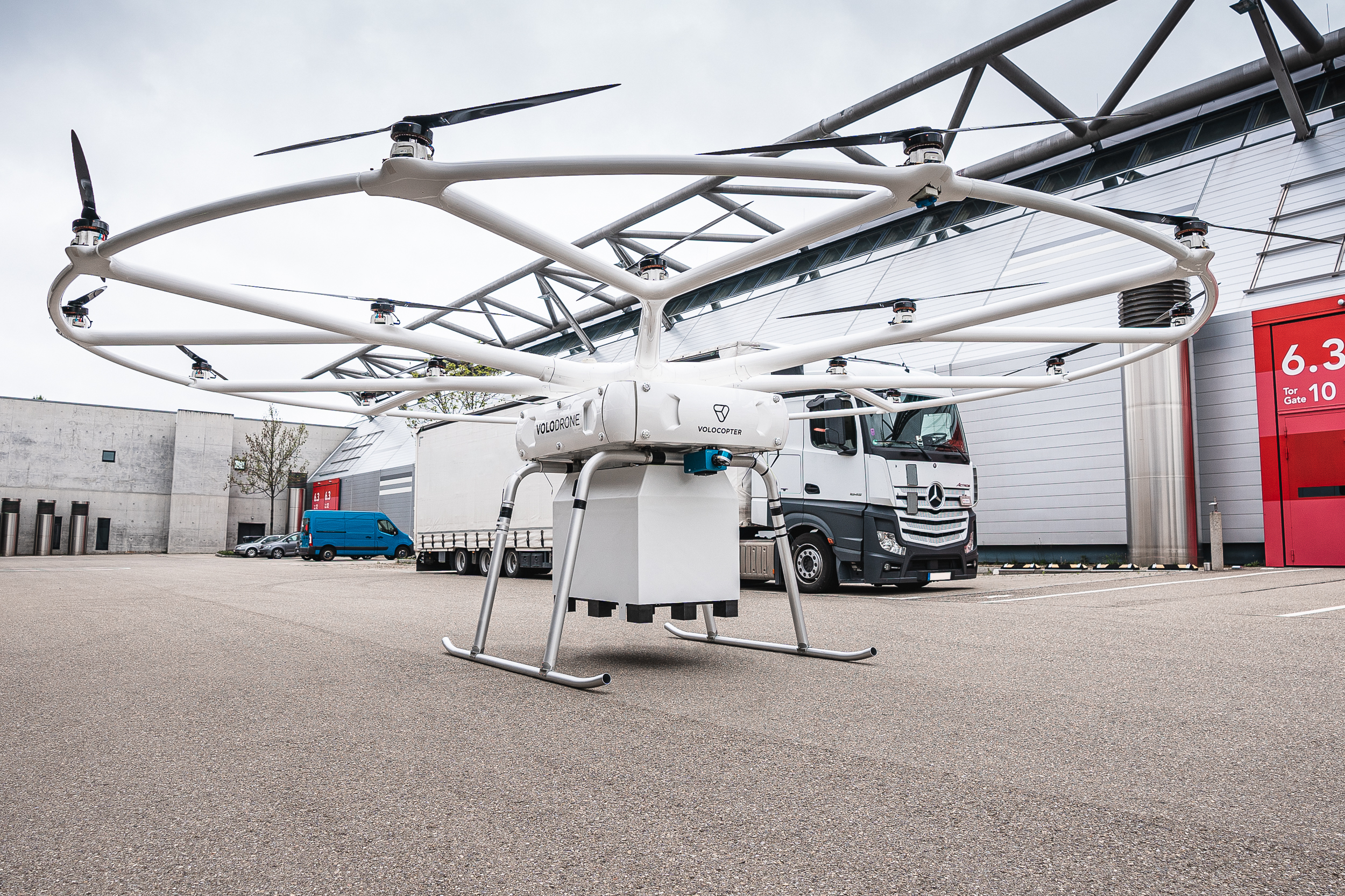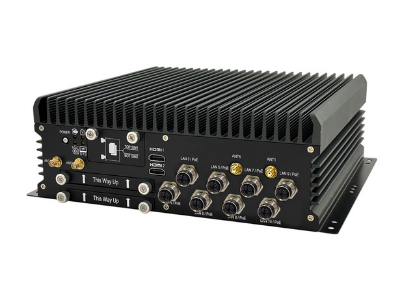Toshiba Looks to Expand Its Solid-State LiDAR to Transportation Infrastructure Monitoring
- Improved light receiving technology and robust 3D scanning with world’s smallest size
Toshiba Corporation (TOKYO: 6502) has announced an updated solid-state LiDAR that achieves the world’s smallest volume, robust vibration and wind resistance while maintaining a maximum detection range of 200m, plus the highest resolution of any sensor of similar size*. The upgraded performance of the new LiDAR will advance progress to autonomous driving, and also expand its application into monitoring transportation infrastructure, in such areas as early detection of road subsidence or landslides, snow cover, or falls of objects onto roads.
Current monitoring of transportation infrastructure relies on cameras, but their performance is degraded by low light and bad weather. Toshiba’s upgraded solid-state LiDAR is an excellent alternative, as it realizes clear, long-distance, robust 3D scanning and object detection in a wide variety of lighting and weather conditions. It is also extremely compact, with an overall volume of 350cc. It is only one-third the size of an earlier prototype announced in July 2020, and the industry’s smallest on record*.
Senior Research Scientist at Toshiba’s Corporate Research & Development Center, Akihide Sai, said:We look forward to deploying our technologies in roadside LiDAR. We have secured technologies essential for a compact, high-resolution, long-range solid-state LiDAR that is robust and simple to install. We anticipate demand for such a versatile technology in both the autonomous driving and transportation infrastructure monitoring markets.
Toshiba achieved a compact LiDAR with higher image resolution through upgrades to its silicon photo-multiplier (SiPM), a light-receiving chip. An SiPM consists of light-receiving cells controlled by transistors. The new chip has a smaller transistor module, and eliminates the buffer layer that protected the transistors with newly developed insulating trenches between the transistors and the light-receiving cells. The potential issue of low light-sensitivity from using smaller transistors was solved with the addition of a high-withstand voltage section to raise the voltage input to the light-receiving cell (Figure 1).
These innovations have reduced the size of the SiPM by 75% while enhancing its light sensitivity by 50% against the July 2020 predecessor. More SiPM can now be arrayed in the same package, boosting resolution to 1,200 x 80 pixels, a 4-times improvement.
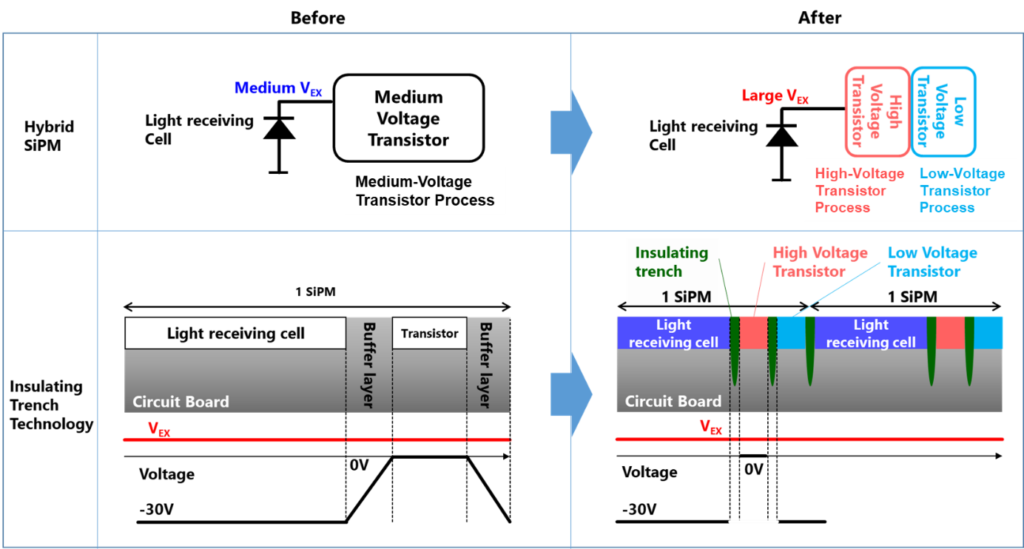
Toshiba has also ensured that the new LiDAR unit has the durability essential for outdoor use in all weather conditions. Temperature compensation technology that automatically adjusts voltage input to the light-receiving cells reduces impacts from external temperature changes and maintains high level SiPM performance. In addition, by utilizing its know-how in high-density component mounting, Toshiba has reduced the overall size of the LiDAR projector and receiver to 350cc (Figure 2), and secured robust vibration and wind resistance. These advantages, plus world-beating high resolution, are expected to win wider application of the system.
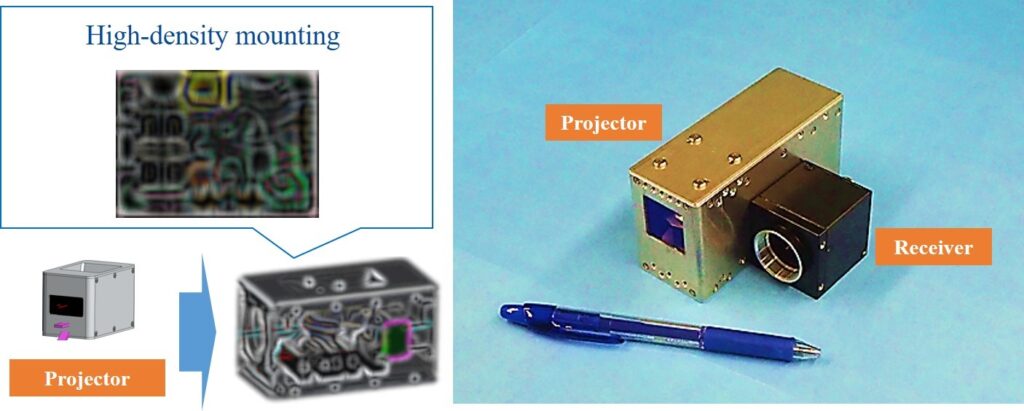
Toshiba will continue to support safer transportation by promoting its LiDAR technologies for autonomous driving and transportation infrastructure monitoring. Continued R&D will further advance the LiDAR’s detection range, image resolution and miniaturization, and explore new applications in robots, drones, and small security devices.
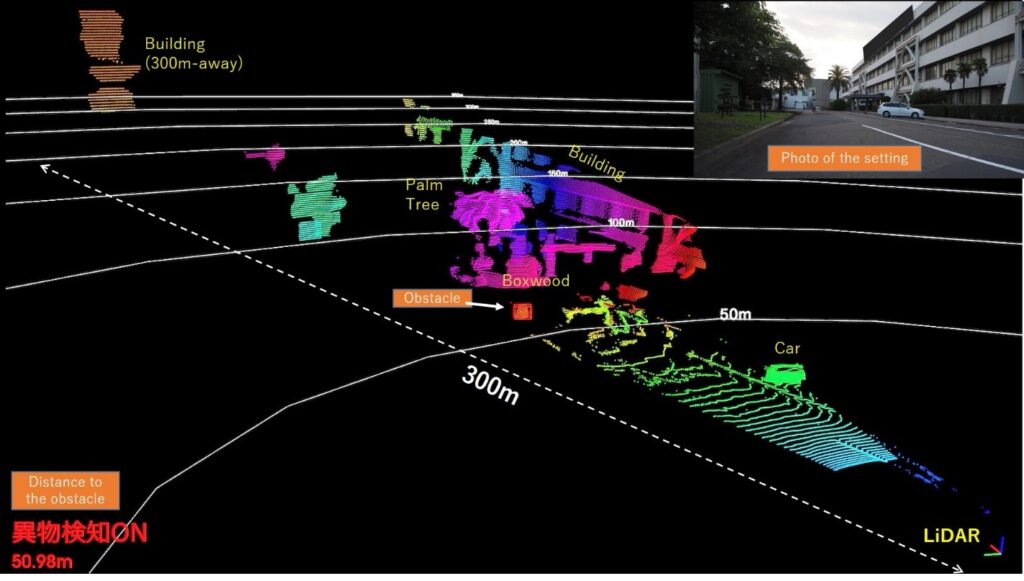
This article was originally published by TOSHIBA CORPORATION.






